Hiv Acute Retroviral Syndrome
Hiv acute retroviral syndrome. Acute Retroviral Syndrome Is Associated With High Viral Burden CD4 Depletion and Immune Activation in Systemic and Tissue Compartments. Acute HIV infection is the initial stage of HIV and it lasts until the body has created antibodies against the virus. The acute retroviral syndrome associated with primary HIV-1 infection is characterized by clinical signs of immune activation multi-system dysfunction and high levels of cell-associated and plasma viremia p24 antigenemia and proviral burden.
Symptoms of this infection including muscle aches headache and fever are usually the result of a weakened immune system brought about by HIV. 7 to 14 Days After Exposure. It is now known that 50 to 90 percent of patients acutely infected with HIV experience at least some symptoms of the acute retroviral syndrome.
Acute HIV infection develops as early as. Acute Retroviral Syndrome Associated signs and symptoms expected frequency among patients who are symptomatic. This disease is difficult to diagnose often mistakenly classified as the flu or.
An acute symptomatic illness that develops in many individuals during the acute HIV infection phase. Early detection of HIV allows for medical and behavioral interventions critical to the management of HIV. Sore throat These early HIV symptoms are called acute retroviral syndrome or acute HIV infection and are the bodys natural response.
Acute Retroviral Syndrome Is Associated With High Viral Burden CD4 Depletion and Immune Activation in Systemic and Tissue Compartments. Anti-HIV antibodies are not yet detectable early during this phase of HIV infection. Clinical presentation and diagnosis of primary HIV-1.
Symptoms if they appear at all usually disappear within a week to a month and are often mistaken for those of another. Daar ES Pilcher CD Hecht FM. Acute retroviral syndrome was first described in 1985 by Cooper and colleagues as an acute mononucleosislike syndrome.
Known as acute retroviral syndrome or ARS the acute stage occurs immediately after being infected when the immune system has yet to control the virus. The term acute HIV was previously used interchangeably with the term primary HIV but acute HIV is now the preferred term.
Clin Infect Dis 2018.
Acute HIV infection is the phase of HIV disease that occurs immediately after transmission which is typically characterized by viremia as detected by the presence of HIV RNA or p24 antigen. Acute retroviral syndrome was first described in 1985 by Cooper and colleagues as an acute mononucleosislike syndrome. 11 The incidence. Known as acute retroviral syndrome or ARS the acute stage occurs immediately after being infected when the immune system has yet to control the virus. Sore throat These early HIV symptoms are called acute retroviral syndrome or acute HIV infection and are the bodys natural response. HIV infection typically begins with a brief acute retroviral syndrome transitions to a multi-year chronic illness that progressively depletes CD4 T- lymphocytes critical for maintenance of effective immune function and ends with symptomatic life-threatening immunodeficiency. The acute retroviral syndrome ARS also known as primary HIV infection acute HIV infection and HIV seroconversion syndrome is the earliest clinical manifestation of HIV infection. Anti-HIV antibodies are not yet detectable early during this phase of HIV infection. The acute retroviral syndrome associated with primary HIV-1 infection is characterized by clinical signs of immune activation multi-system dysfunction and high levels of cell-associated and plasma viremia p24 antigenemia and proviral burden.
The acute retroviral syndrome ARS also known as primary HIV infection acute HIV infection and HIV seroconversion syndrome is the earliest clinical manifestation of HIV infection. Daar ES Pilcher CD Hecht FM. Acute HIV infection is the initial stage of HIV and it lasts until the body has created antibodies against the virus. Acute human immunodeficiency virus HIV infection also known as primary HIV infection or acute retroviral syndrome is the period just after. The acute retroviral syndrome associated with primary HIV-1 infection is characterized by clinical signs of immune activation multi-system dysfunction and high levels of cell-associated and plasma viremia p24 antigenemia and proviral burden. The term acute HIV was previously used interchangeably with the term primary HIV but acute HIV is now the preferred term. HIV infection typically begins with a brief acute retroviral syndrome transitions to a multi-year chronic illness that progressively depletes CD4 T- lymphocytes critical for maintenance of effective immune function and ends with symptomatic life-threatening immunodeficiency.
/what-are-the-early-signs-of-hiv-49571_final-046a23ffc2034a7dad58b9dfcc006fe1.png)
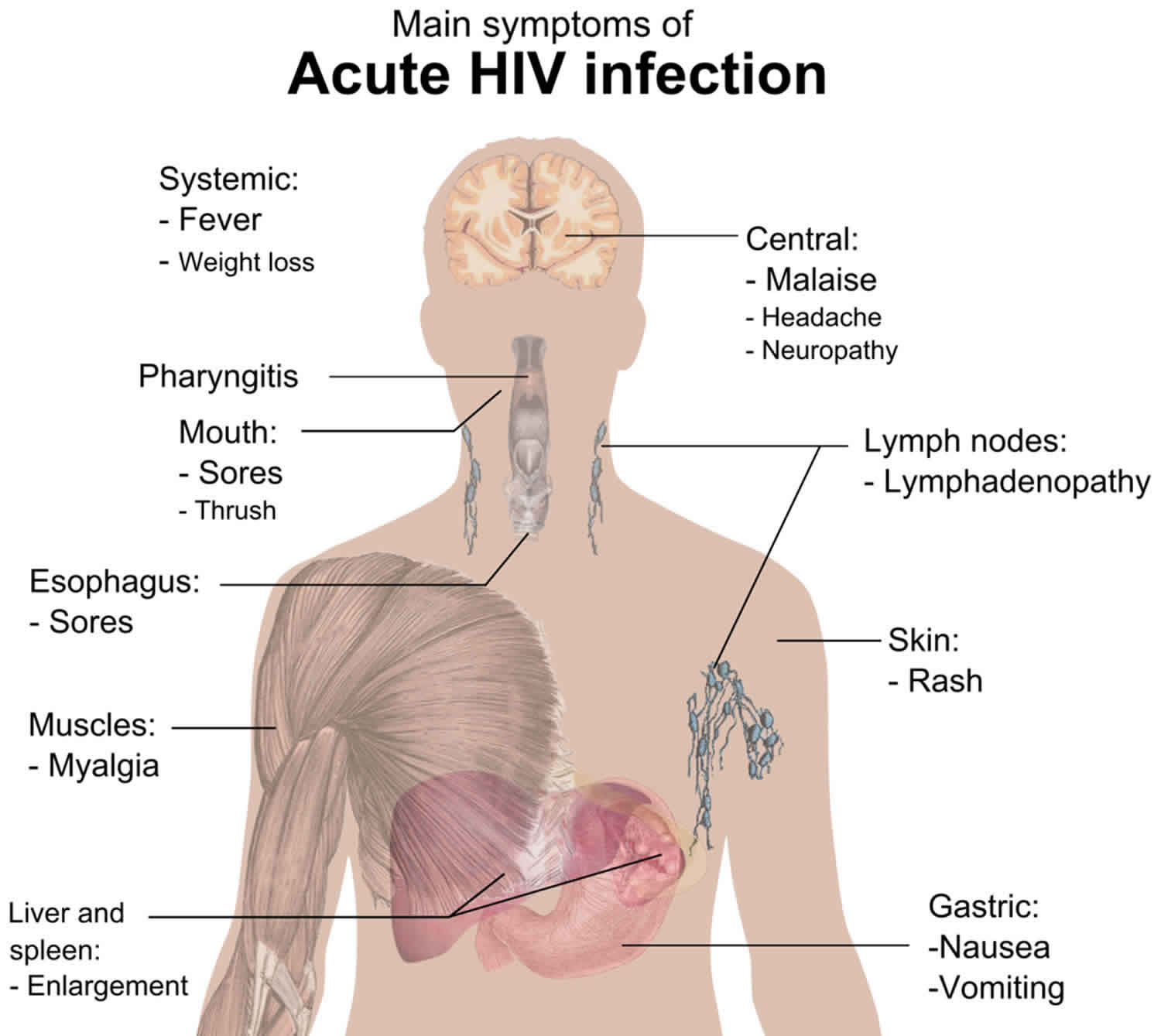


:max_bytes(150000):strip_icc()/hiv-aids-symptoms-4014373-final-hl-4413b4d0c85b4b99b73431a97beb5224.jpg)


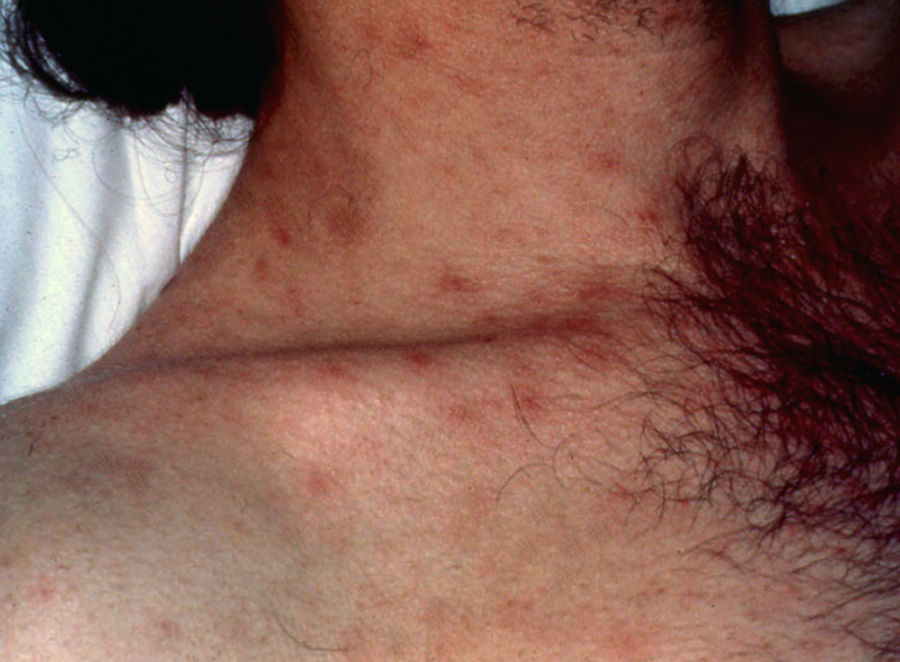
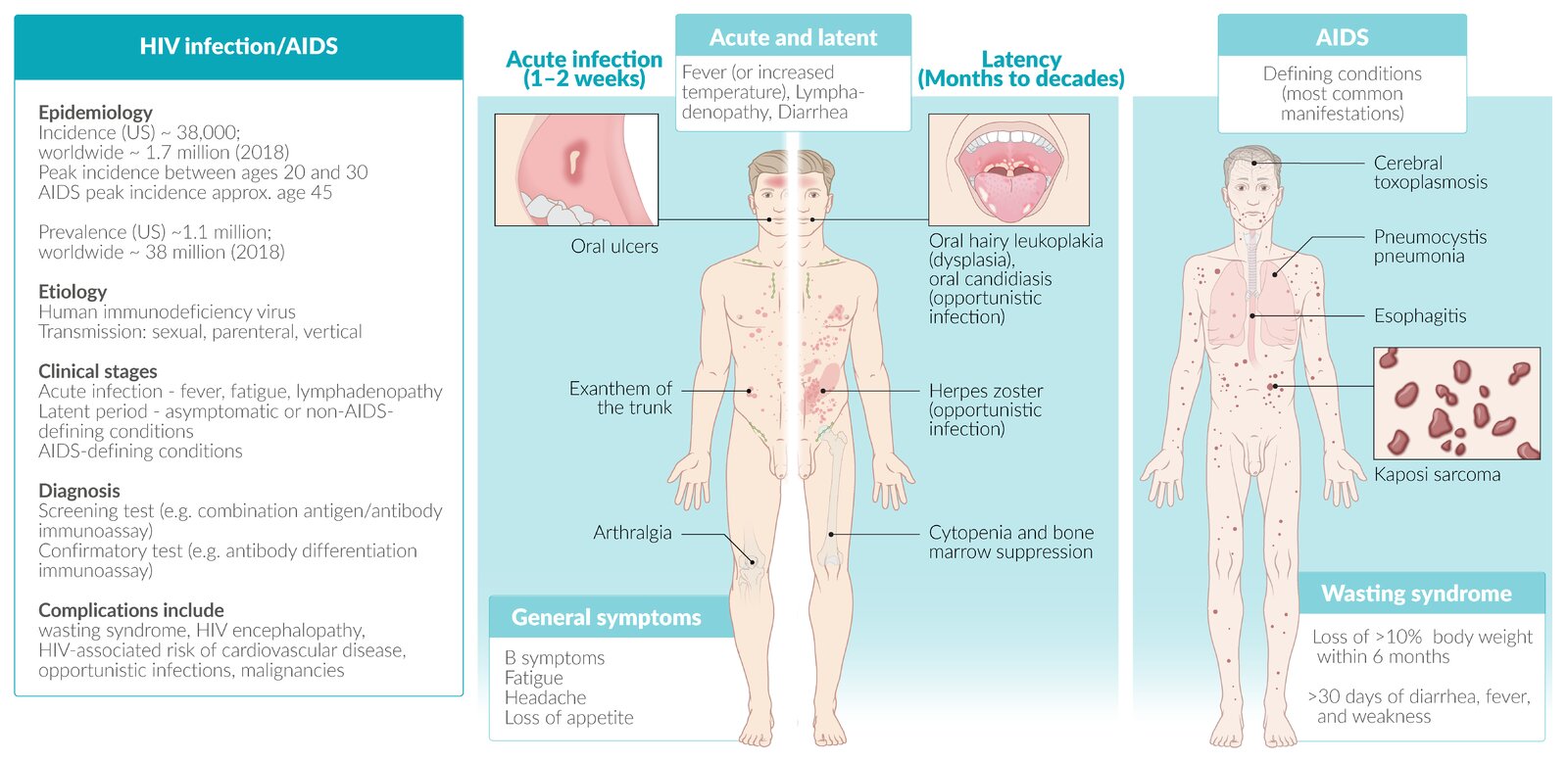



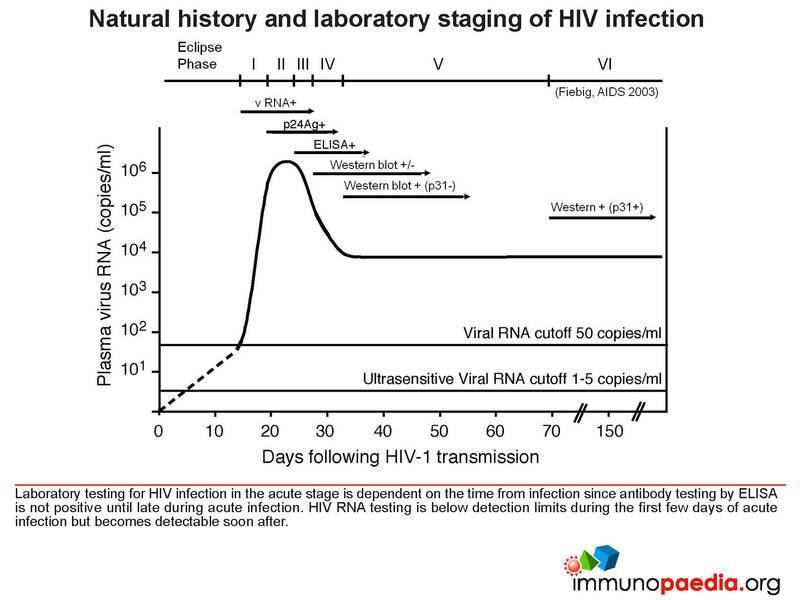

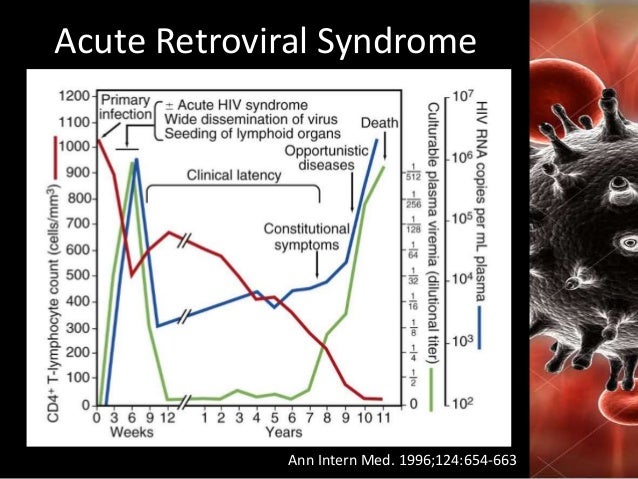


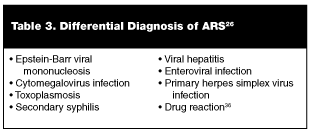




/what-are-the-early-signs-of-hiv-49571_final-046a23ffc2034a7dad58b9dfcc006fe1.png)




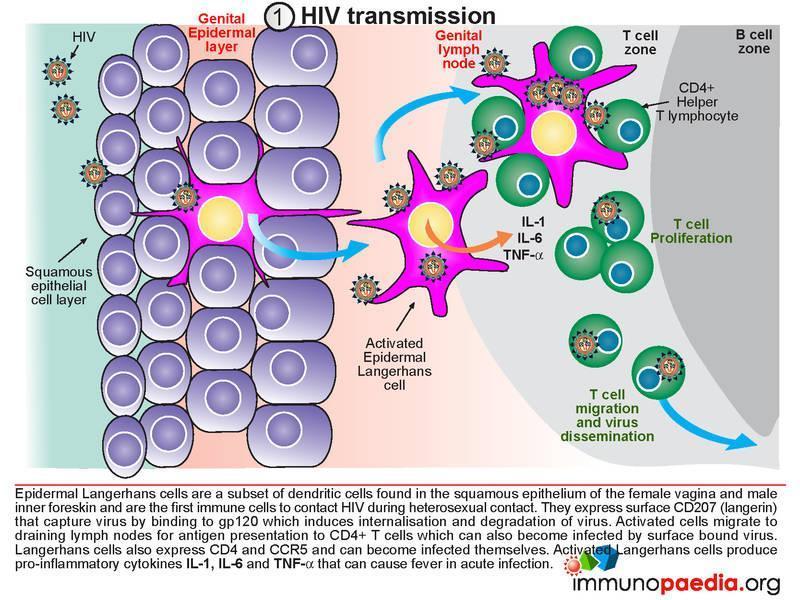






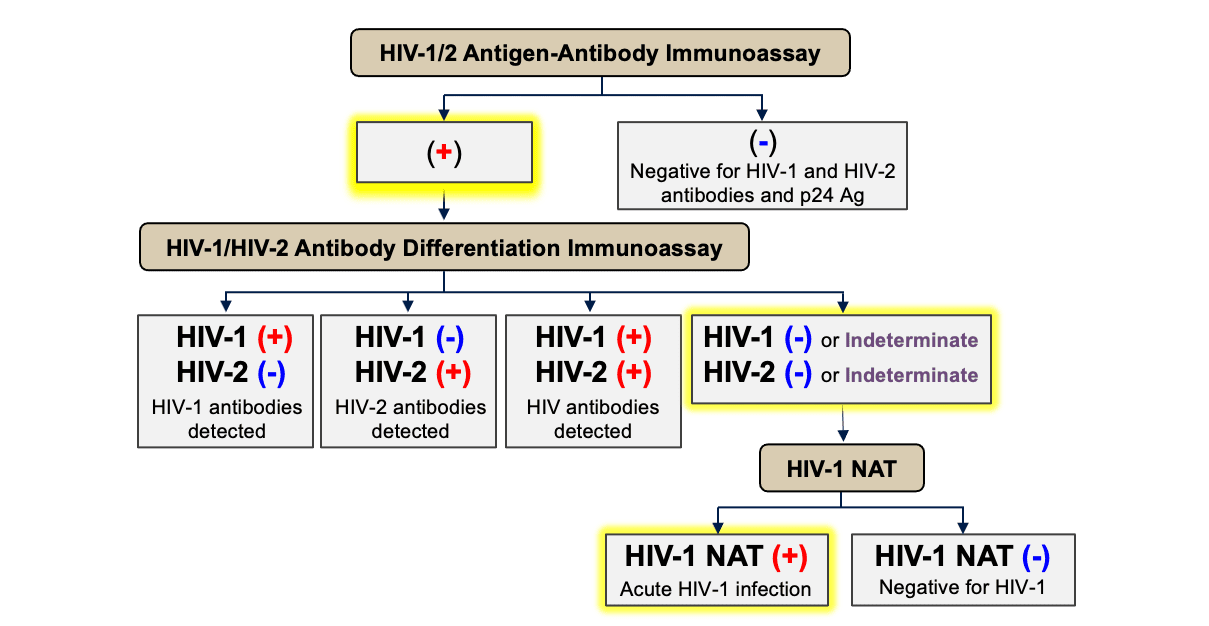


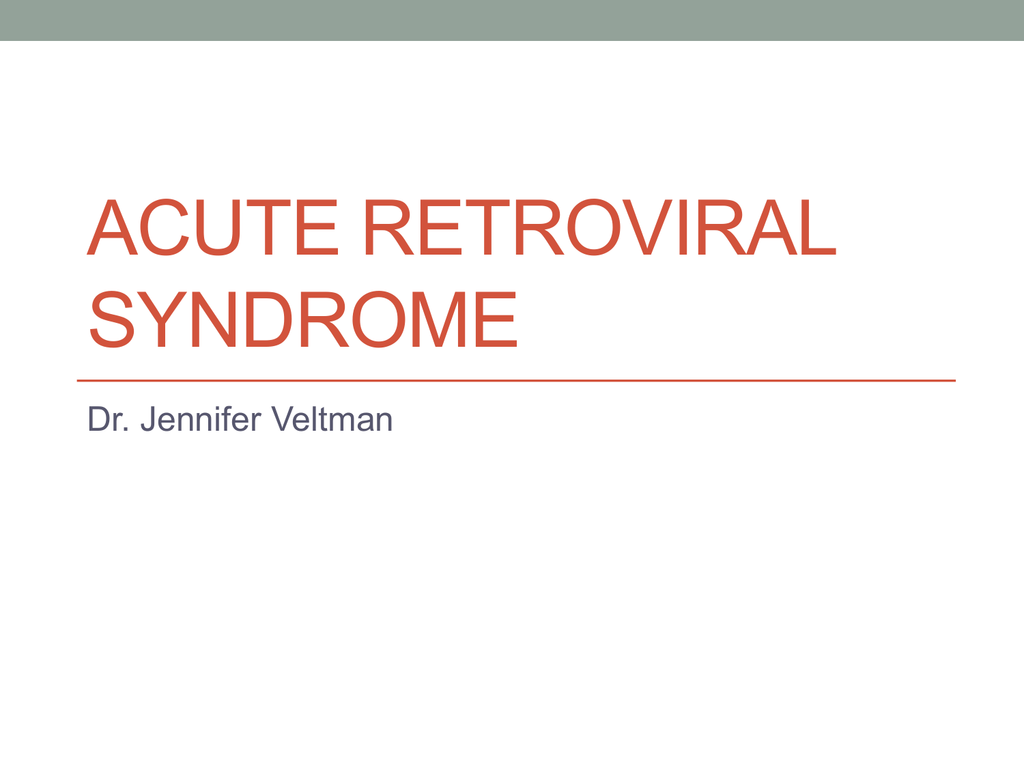

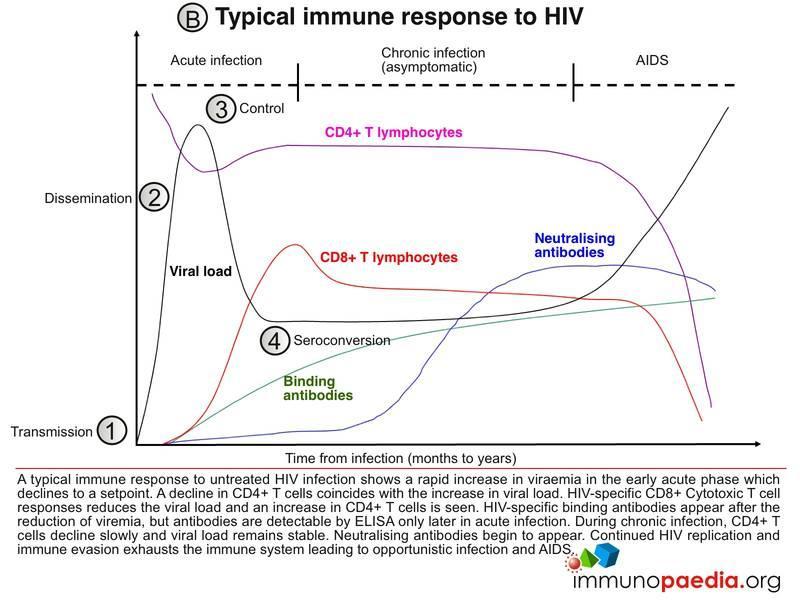



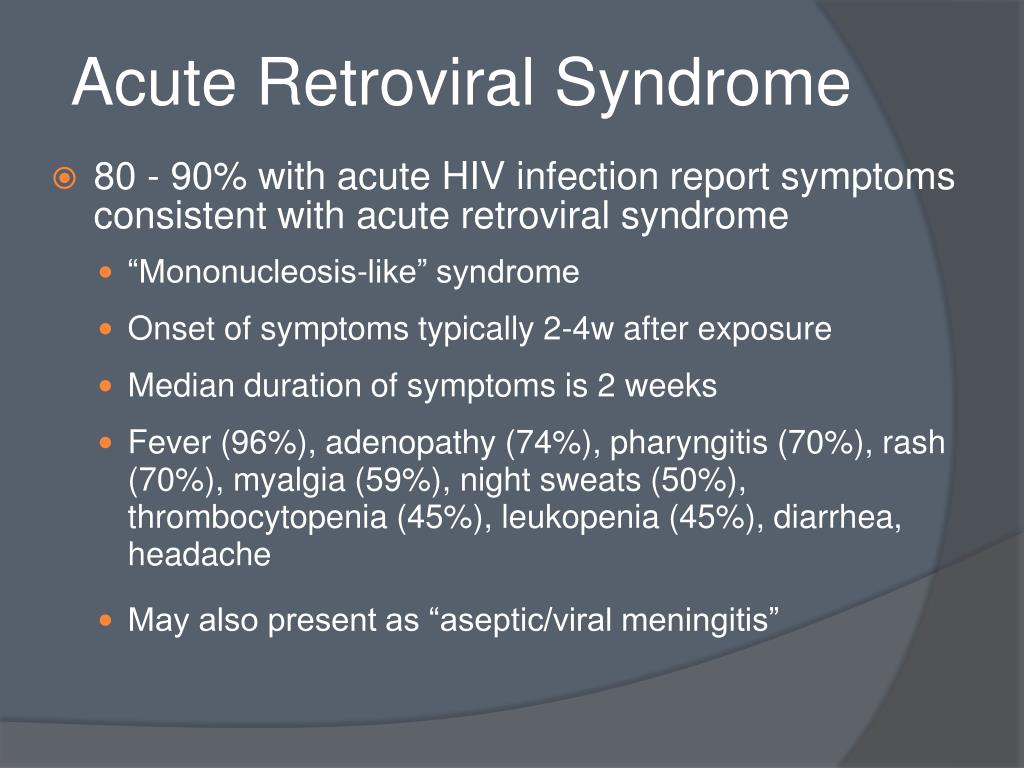

Post a Comment for "Hiv Acute Retroviral Syndrome"